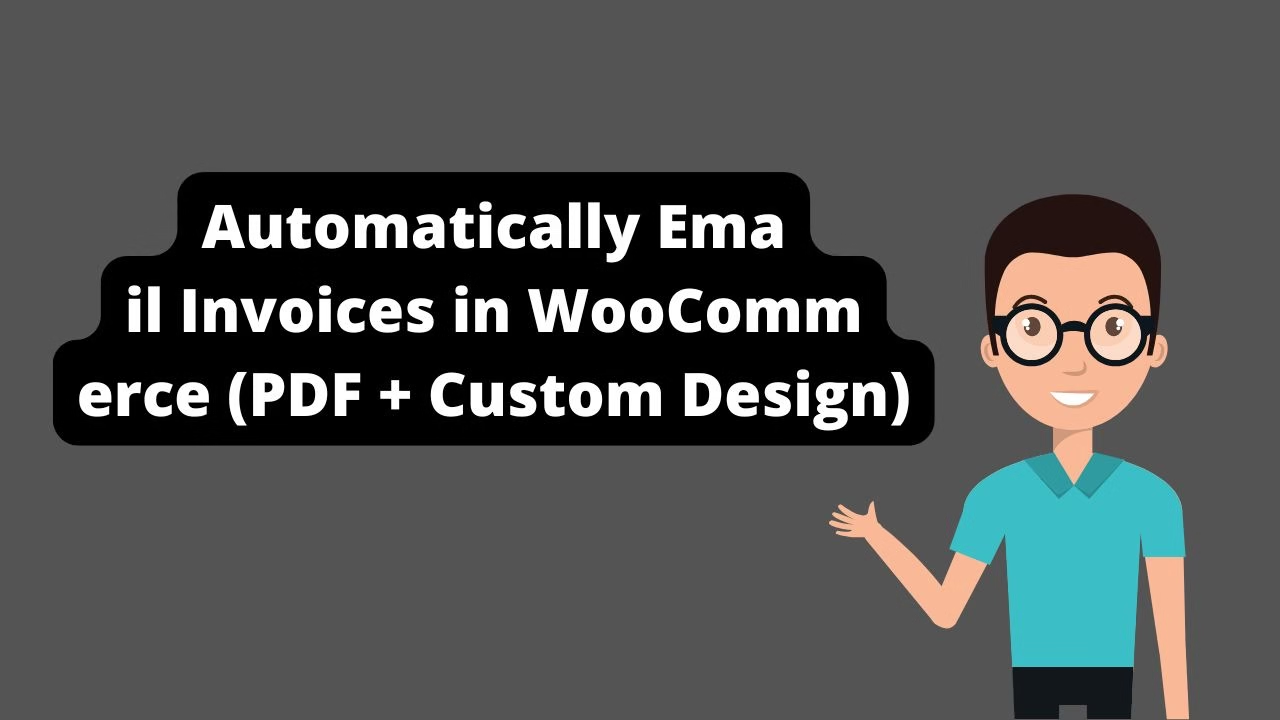It depends on your goals. WooCommerce offers full control, customizability, and no monthly platform fees. Shopify is easier for beginners and faster to launch, but comes with higher ongoing costs and platform limitations.
Trying to choose between WooCommerce vs Shopify in 2025? You’re not alone. These two eCommerce giants dominate the space, but they cater to very different types of business owners. In this in-depth comparison, we’ll break down pricing, ease of use, performance, design flexibility, SEO, scalability, and long-term ownership — so you can decide which platform truly fits your goals.
Overview of WooCommerce
WooCommerce is an open-source WordPress plugin that turns any website into a fully functional online store. It’s self-hosted, highly customizable, and supported by a massive ecosystem of themes and plugins. If you want control and flexibility, WooCommerce is king.
Overview of Shopify
Shopify is a fully hosted, all-in-one eCommerce platform. It’s built for speed and ease of use, making it ideal for non-tech users who want a fast launch without dealing with servers or code. It comes with built-in hosting, security, support, and a premium app store.
WooCommerce vs Shopify: Feature-by-Feature Breakdown
1. Pricing
WooCommerce: Free plugin, but you’ll pay for hosting, domain, premium plugins/themes, and developer help if needed.
Shopify: Monthly plans starting at $39. Additional costs for premium themes and apps. Transaction fees unless using Shopify Payments.
2. Ease of Use
WooCommerce: Slight learning curve. You manage hosting, backups, updates, and plugin conflicts. Great if you’re technical or have a dev.
Shopify: User-friendly drag-and-drop interface. No hosting or maintenance required. Best for beginners or non-coders.
3. Design & Themes
WooCommerce: Thousands of free and premium WordPress themes. Fully customizable with builders like Elementor or Breakdance.
Shopify: Limited theme library, but high-quality. Editing can be tricky unless using Shopify 2.0 and a good paid theme.
4. Flexibility & Customization
WooCommerce: Infinite flexibility. You can edit any code, use custom plugins, build custom logic — you own everything.
Shopify: Limited to what Shopify allows. Some features locked behind apps. Less freedom for backend customizations.
5. SEO Capabilities
WooCommerce: Incredible SEO potential using plugins like Rank Math or Yoast. Full control over URLs, meta tags, schema, and performance.
Shopify: Solid SEO, but limited access to technical aspects (robots.txt, URL structure). Some restrictions can’t be bypassed.
6. Performance & Speed
WooCommerce: Depends on your hosting. With good optimization (caching, CDN, image compression), WooCommerce can load blazing fast.
Shopify: Hosted on ultra-fast servers. Shopify stores usually load quickly right out of the box — great for beginners.
7. App/Plugin Ecosystem
WooCommerce: Access to 55,000+ WordPress plugins. Tons of free and open-source tools available.
Shopify: Premium app store with fewer free options. Many critical features require monthly app subscriptions.
8. Payment Gateways & Transaction Fees
WooCommerce: Integrates with almost every payment gateway (Stripe, PayPal, Square, etc.). No extra transaction fees.
Shopify: If you don’t use Shopify Payments, expect extra fees (up to 2%). Limited options in some countries.
9. Ownership & Control
WooCommerce: 100% ownership. You control your store, hosting, and data. No risk of getting banned or limited.
Shopify: Shopify controls your backend and can suspend accounts. SaaS means you’re tied to their ecosystem.
10. Support & Community
WooCommerce: Huge developer community, tons of documentation, but no official 24/7 support unless you buy hosting from a premium provider.
Shopify: 24/7 support via live chat, phone, and email. Dedicated customer service team for all users.
Quick Comparison Table
| Feature | WooCommerce | Shopify |
|---|---|---|
| Cost | Low upfront, variable long term | Monthly plans + transaction fees |
| Ease of Use | Requires setup & maintenance | Beginner-friendly interface |
| Customization | Fully customizable | Limited by platform rules |
| SEO | Advanced control | Good but restricted |
| Hosting | Self-hosted | Hosted by Shopify |
| Support | Community + premium hosting support | 24/7 official support |
When to Choose WooCommerce
- You want full control and scalability
- You already use WordPress or want to build with it
- You need advanced customization or integrations
- You prefer owning your data and backend
When to Choose Shopify
- You want to launch fast with minimal setup
- You’re not technical and don’t want to manage hosting
- You want built-in support and maintenance-free eCommerce
- You’re focused on speed and simplicity over flexibility
Final Verdict
Choosing between WooCommerce vs Shopify in 2025 comes down to your goals. If you want speed, ease, and simplicity, Shopify may be perfect. If you’re all about control, SEO power, and long-term flexibility, WooCommerce is the better play. There’s no one-size-fits-all — but now you’ve got the blueprint to decide.
Next: Set Up WooCommerce Abandoned Cart Emails
Need help launching or migrating your store? Contact Babar Ilyas for expert WooCommerce development and Shopify consulting.
After choosing your platform, the next step is visibility — here’s how to connect WooCommerce to Google Merchant Center and get your products listed in Google Shopping. Also, don’t underestimate image visibility — this guide to WooCommerce image SEO will help you optimize product photos for better rankings and conversions.




